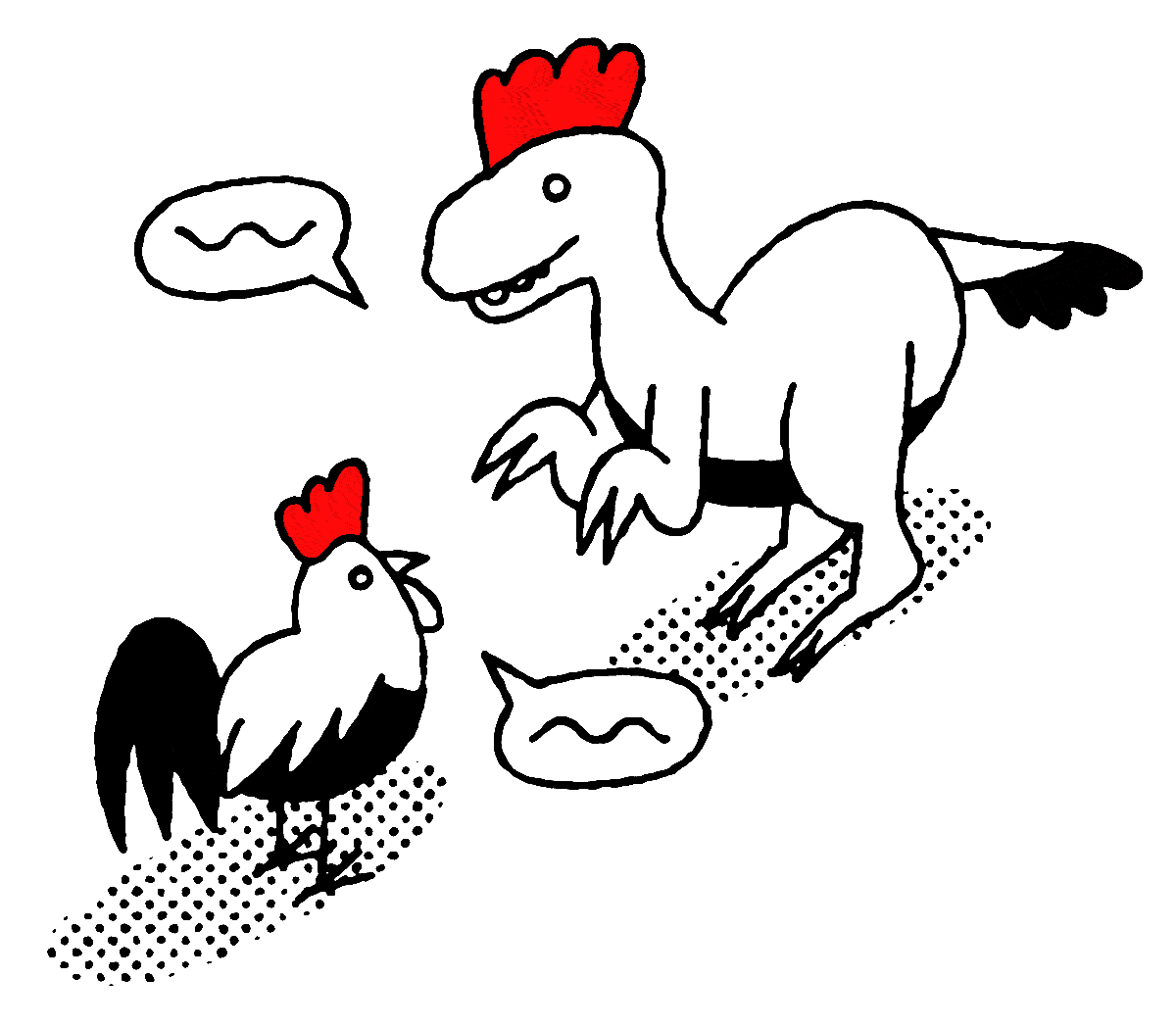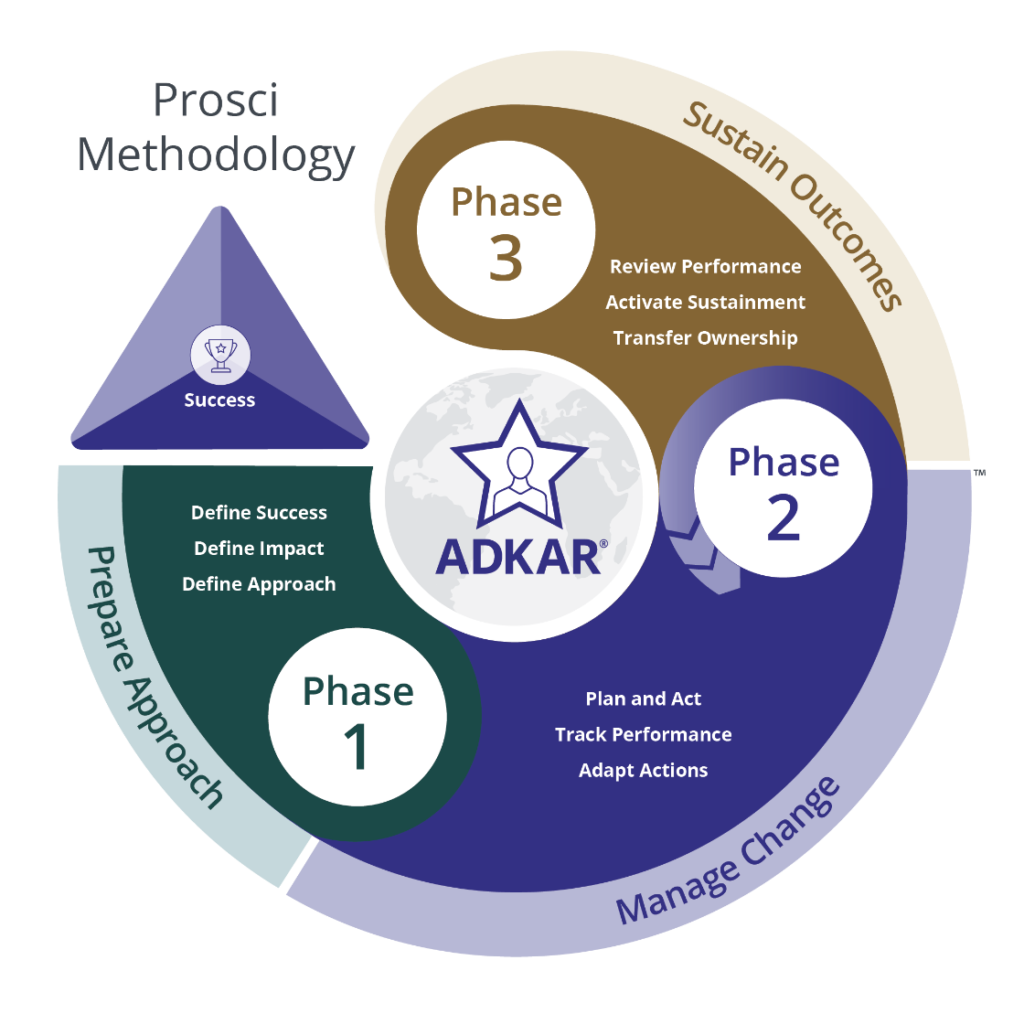How We’re Different

The field of change management is more than 80 years old, and respectfully, it shows. Some powerful ideas are still relevant to organizations today, but its foundational models were simply designed for a bygone era where change was more straightforward and organizations themselves were more static.
The New Rules of Change
Change Making, NOBL’s methodology, does things differently than the models of the past. Not because doing things differently is fashionable, but because we’re committed to both the latest evidence-based methods and continuously improving our approach based on our work with clients. Three key principles show how Change Making breaks from tradition.
To change behavior, focus on behavior (not attitudes).
Too many change management programs are an exercise foremost in communications—and futility. They spend too much upfront energy on generating excitement and spreading information, rather than the direct work of changing behaviors. Research shows that these efforts are well-intentioned, but unsuccessful. The most effective way to produce widescale change is to focus on reducing barriers to new behaviors and establishing those new behaviors as habits.
There’s more than one way to make change (there’s at least two).
Not every change has to be treated to a waterfall process, designed by committee and subject to consensus. A huge swath of changes, including cultural practices and shared ways of working, actually benefit from an agile approach where teams prototype and test new solutions rapidly, making changes based on actual use. Change Making employs both waterfall and agile methods, depending on the type of change being made.
Change is a modern core competency (not a special team).
In an era of constant change, teams must be resilient and capable of sensing and responding to disruption without constantly requiring the support and intervention from outside partners like NOBL, or even an internal function. In our work, we ask the teams being impacted to play a central role in making the change, not only because it increases their motivation to embrace the change, but because it trains them in new skills they can employ long after we’re gone.
How We Compare
Kotter’s model was groundbreaking when it debuted, but modern organizations have different needs
Prosci’s model has power, but its simplicity limits its effectiveness
Other consultants leave you with a deck of “best practices”—we do the hard work of making real change
We work with your own internal specialists to accelerate transformation
See the Difference in Action
Our Process
Explore what we do in each of our four phases, and how we build the capacity and momentum for lasting change.
Capabilities
Discover some of the most common reasons leaders call us and read real case studies of how we’ve implemented change.
Measuring Impact
Find out how we track progress and demonstrate the value of making change.

Let’s Talk.
Take the first step toward meaningful and measurable change by reaching out to learn how we might support you.



